The plant diversity in this area attracts a variety of woodland birds. The most common birds are listed below. Some birds are easier heard than seen, so be sure to listen for their sounds. Other species may be found in other parts of the park or may stop by this area during migration. The more common birds in this area of the park are shown below.
All photos courtesy of D. Mosher, Mount Vernon Nazarene University
American Crow
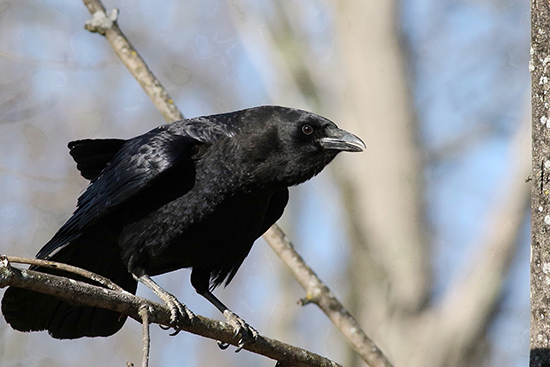
American Goldfinch
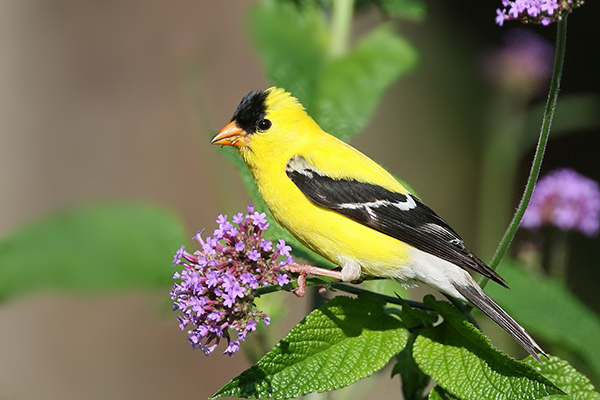
American Robin
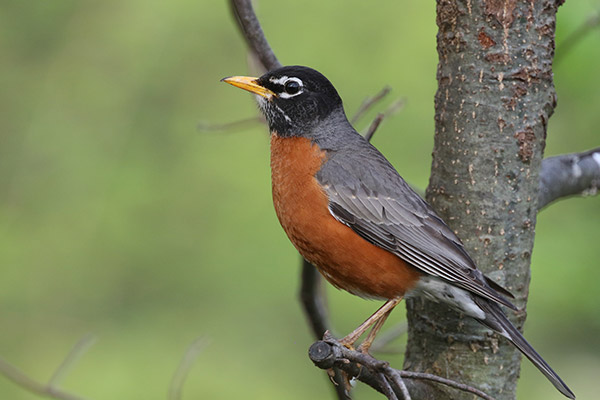
Blue Jay
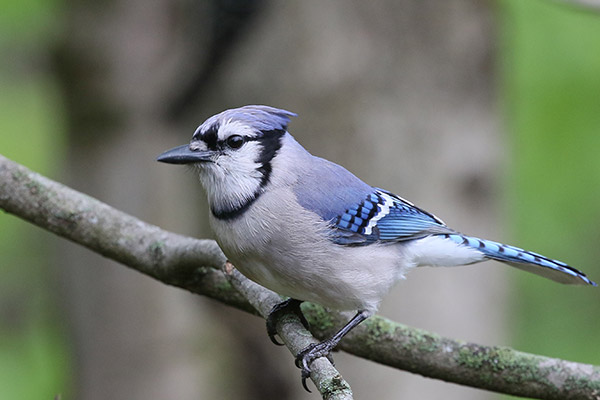
Carolina Chickadee
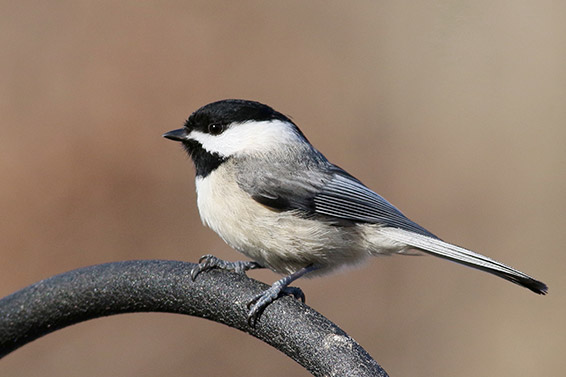
Carolina Wren
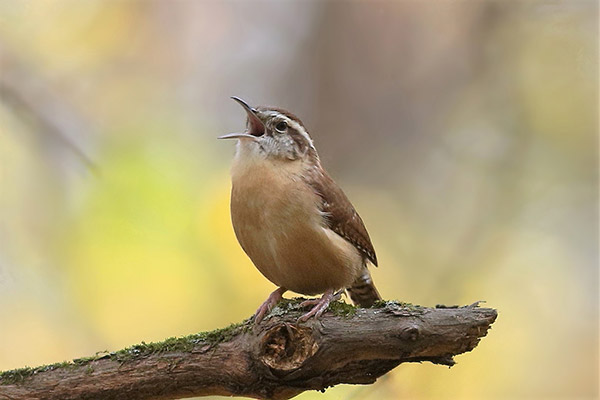
Common Grackle
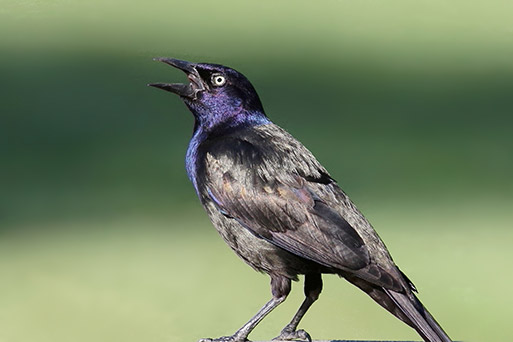
Downy Woodpecker
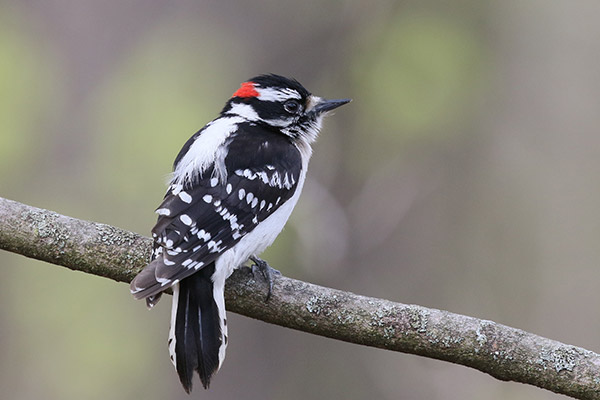
Eastern Phoebe
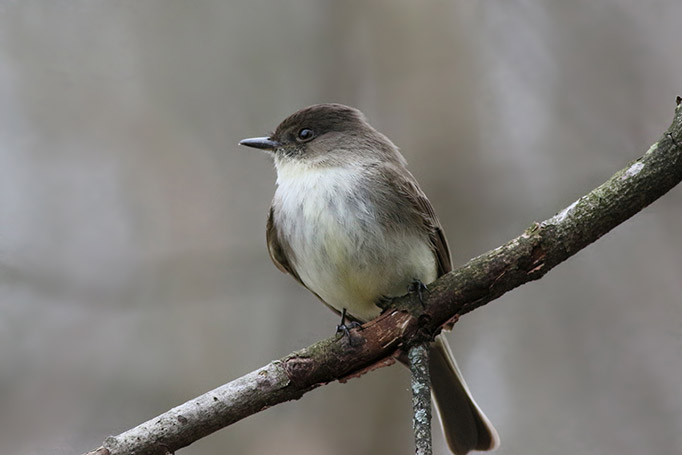
European Starling

House Sparrow

House Wren

Mourning Dove
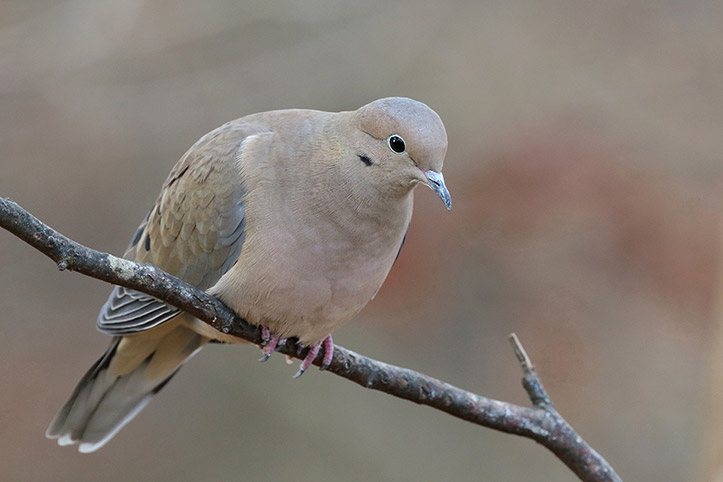
Northern Cardinal
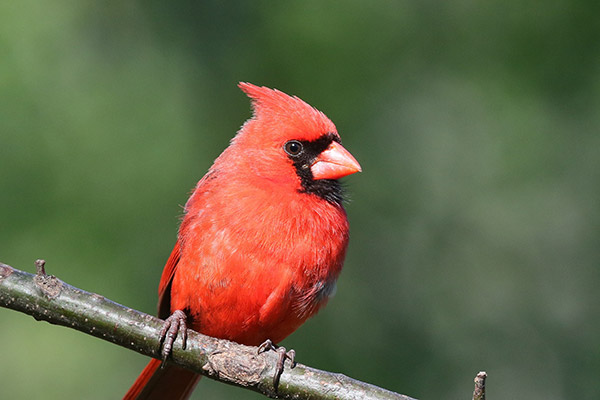
Northern Flicker
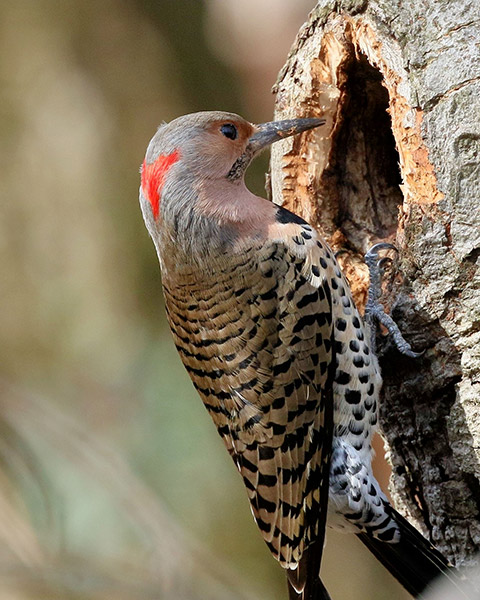
Red-bellied Woodpecker
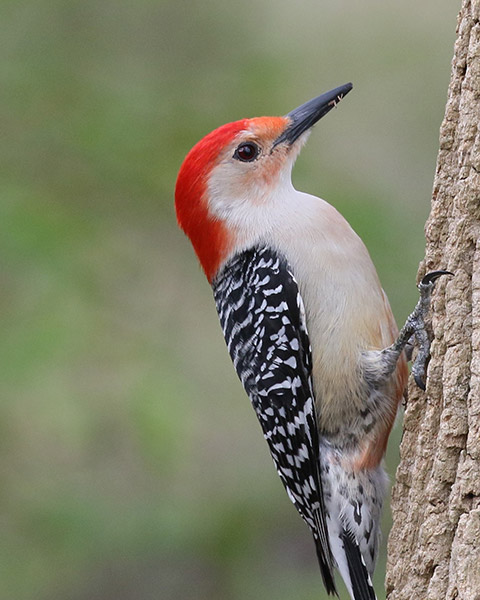
Red-headed Woodpecker
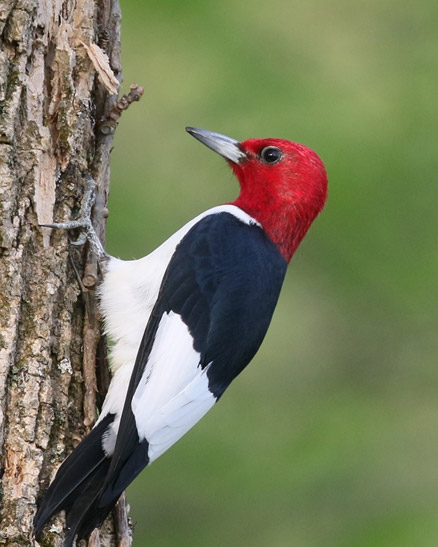
Red-winged Blackbird
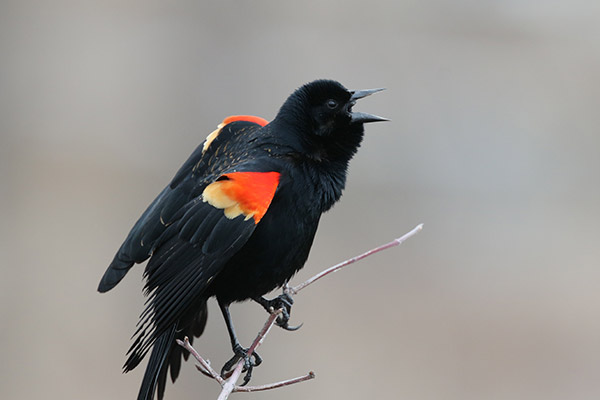
Song Sparrow

Tufted Titmouse
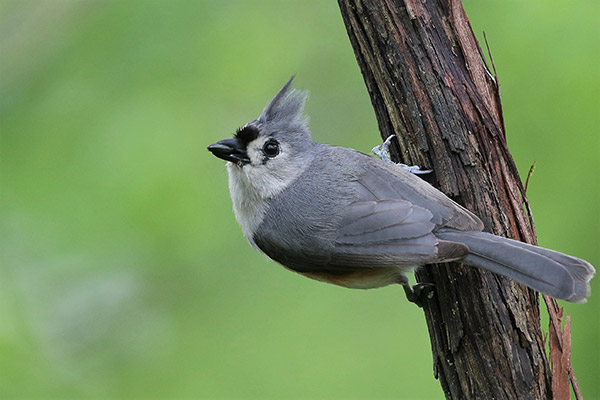
White-breasted Nuthatch
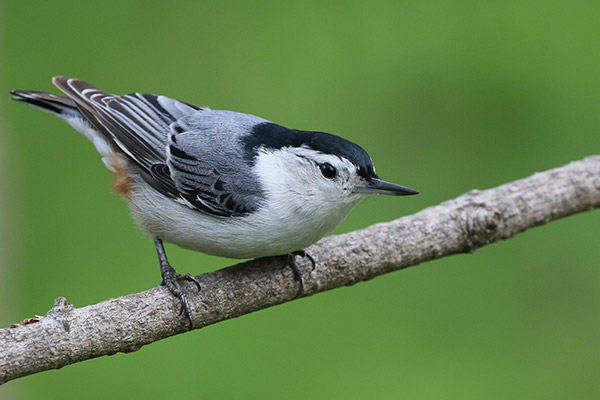
Note: All photos were taken in Ohio and represent the most common birds seen at The Woods in Ariel-Foundation Park.
Some of the more aquatic birds like belted kingfisher, Canada goose, mallard, and osprey can sometimes be found at the nearby lakes, but they aren’t usually found in The Woods. They are not pictured here.
